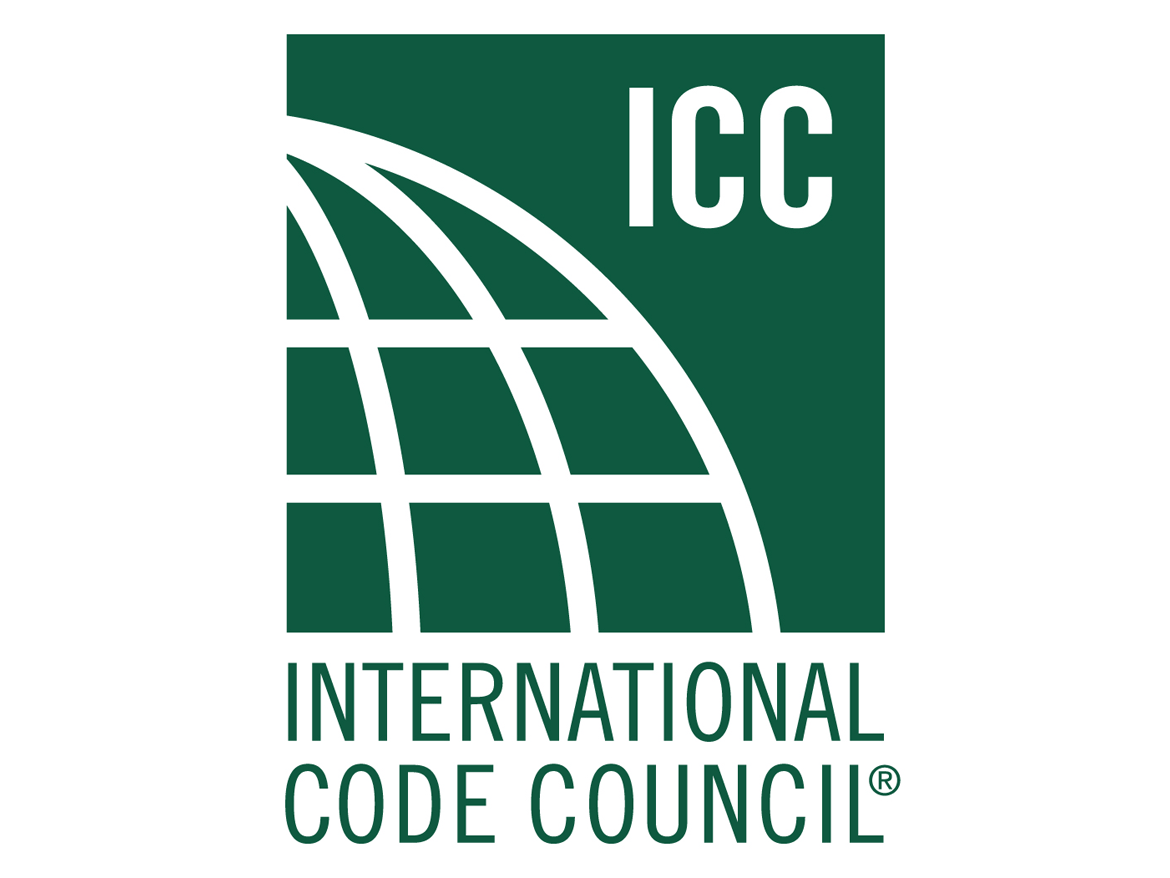Architecture as Environmental Art
Sustainable design as an environmental art form, emphasizing its profound interaction with light, sound, materials, and water
Sponsored by Vectorworks, Inc. | Presented by Nathan Kipnis, FAIA, LEED BD+C
Live Webinar Airing on December 4, 2025 at 02:00 PM ET
Sustainable Design has always been a formidable technical challenge. However, it’s time to elevate sustainable design as an environmental art form, emphasizing its profound interaction with light, sound, materials, and water. These elements have played a pivotal role throughout history in shaping spaces and evoking emotional responses, which will be illustrated by a diverse range of case studies. Biophilic design and sustainability will be highlighted, showcasing how architecture can harmoniously integrate with nature. The presentation concludes by encouraging a perspective of architecture as a living art form, capable of shaping human experiences while responding to its environment.

Image courtesy of Kipnis Architecture + Planning
 |
Nathan Kipnis, FAIA, is a fellow of the American Institute of Architects (AIA) and principal of Kipnis Architecture + Planning, based in Evanston, Illinois and Boulder, Colorado. A founding member of the AIA’s 2030 Commitment Working Group in 2009, Mr. Kipnis served as the national co-chair from 2018 to 2019. He has also served on the AIA’s national Sustainability Leadership Group, the Committee on Climate Action and Design Excellence, and the Executive Committee of the AIA’s Small Firm Exchange, where he served as its Sustainability Director. Effective 2026, he will assume a position on the AIA’s Resilience and Disaster Response Committee. Mr. Kipnis is the founder of NextHaus Alliance, a premium design/build concept to provide ‘net zero’ sustainable, resilient and healthy luxury homes that seamlessly merge ‘High Design’ with ‘Low Carbon™’. NextHaus recently completed its first Passive House, located in Evanston, which has to date garnered local, state and numerous international design awards. Mr. Kipnis has delivered lectures throughout the United States, both professionally and to the general public, and his work has been widely published. A graduate of the University of Colorado in Boulder, he earned his Environmental Design degree in 1983. That same year, he designed his first solar home in Boulder. He subsequently obtained his Master of Architecture degree from Arizona State University, with a focus on Energy Conscious Design. |
Vectorworks, Inc. is an award-winning design and BIM software provider serving the architecture, landscape architecture and entertainment industries in 85 countries. Creating intuitive software since 1985, we’ve become the preeminent software built to manage the entire design process. Globally more than 685,000 users are creating, connecting and influencing the next generation of design with Vectorworks on Mac and Windows. Headquartered in Columbia, Maryland, with offices in Newbury and London, England and Vancouver, Canada, Vectorworks is a part of the Nemetschek Group. Learn how we empower designers to create experiences that transform the world at vectorworks.net or follow @Vectorworks.
Originally published in Architectural Record
Originally published in October 2025
LEARNING OBJECTIVES
- Identify the role of light, sound, materials, and water in shaping architectural spaces and evoking emotional responses to elevate the human experience.
- Evaluate the role and benefits of integrating biophilic design principles for the well-being of occupants.
- Explore a critical perspective on architecture as a dynamic, responsive art form that engages with nature and enhances sustainability, and how these integrate with several of the ‘petal’s’ from the Living Building Challenge, the AIA’s Framework for Design Excellence, and from the concepts from the WELL certification.
- Recognize the evolution of sustainable design from a technical challenge to an expressive environmental art form.











